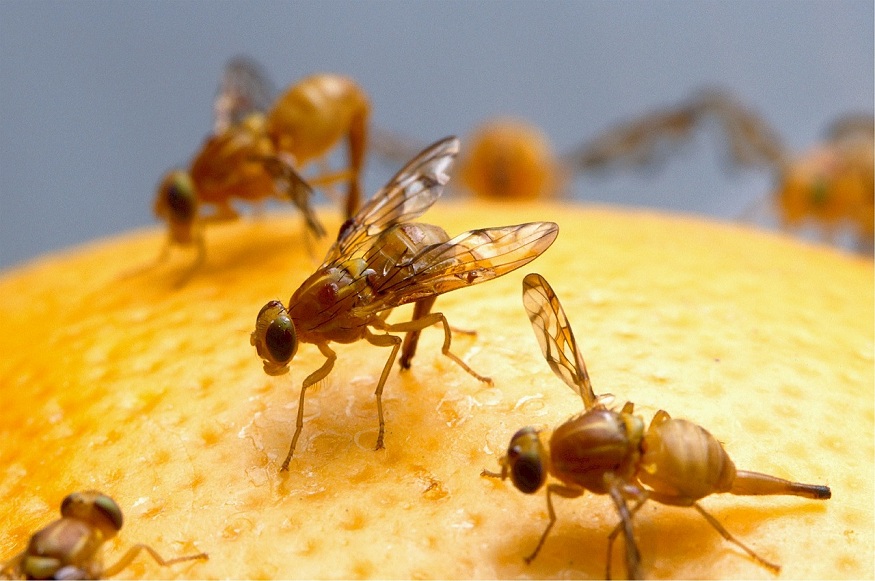Mosquitoes can transform a relaxing evening outdoors into an uncomfortable experience. These pests can pose health risks because they can be carriers of dangerous or life-threatening diseases. Homeowners can minimize the presence of mosquitoes in their yard if they understand what attracts them to this spot. Also, they can know when to hire Romney Pest Control, a company that has been around since 2002, serving different communities in Texas.
The company does not just spray and leave. Rather, they identify what attracts pests, apply targeted solutions, and give homeowners steps to prevent future issues. From seasonal mosquito surges to year-round concerns, Romney adapts its services to the specific needs of each property. Below are common mosquito attractants in Plano:
Standing Water
Mosquitoes need water to reproduce. Their main source can be standing water in a yard. Buckets, birdbaths, plant saucers, clogged gutters, or children’s toys can hold enough water to create breeding grounds. Female mosquitoes lay eggs in these spots. Larvae turn into biting adults within days.
Yards in Plano often see an increase in mosquitoes after heavy rain because water collects in low-lying areas or containers that don’t drain. Removing or emptying these sources can cut down on mosquito activity.
Overgrown Vegetation
Thick shrubs, tall grass, and untrimmed hedges offer the shade and moisture that mosquitoes love. They rest in these cool, shaded areas during the day and wait until evening to come out and feed. A yard with dense vegetation can be a perfect hideout for mosquitoes. To reduce the shaded areas that mosquitoes can take advantage of, homeowners should maintain their lawns and trim hedges. Also, they should keep the landscaping clean.
Poor Drainage
Drainage problems in a yard often lead to puddles that don’t dry quickly. Low spots in the lawn and compacted soil keep water from moving away from the property. These areas create prime mosquito breeding grounds. Plano’s clay-heavy soil can hold water longer, which makes drainage issues common. Aerating the lawn, filling low spots, and installing proper drainage solutions help limit mosquito activity.
Outdoor Items That Collect Water
Anything that can catch rain or sprinkler water can attract mosquitoes. Tires, wheelbarrows, garden equipment, and outdoor furniture can hold small amounts of water. Even bottle caps or clogged drains can host mosquito larvae. Inspecting the yard and tipping over or covering these items is an important step.
Pet Areas
Pet water bowls can be another source of standing water for mosquitoes. These bowls can attract mosquitoes quickly when left uncleaned or uncovered. In addition, pet toys or empty containers around pet areas can collect water. It is important to change outdoor water bowls daily. Also, toys should be stored indoors when not in use.
Pools and Hot Tubs
A clean and chlorinated pool may not cause problems. However, stagnant or untreated water can be a major issue. Uncovered or rarely used pools provide large breeding areas. Keep pools covered when not in use and maintain chlorine levels to discourage mosquitoes from thriving here. Also, run pumps to circulate water.
Flower Pots and Gardens
Water collects in saucers under pots or in hollowed-out areas of soil. Overwatered gardens create damp environments that support mosquito activity. These risks can be reduced by switching to self-watering planters with good drainage and avoiding overwatering. Checking garden areas after rainfall can also help spot hidden breeding sites.
Outdoor Lighting
Bright white bulbs and those with high heat output can lure mosquitoes closer to patios and porches. Using yellow or LED bug lights helps reduce this attraction. These options are less appealing to mosquitoes, but they still offer enough light for outdoor activities.



